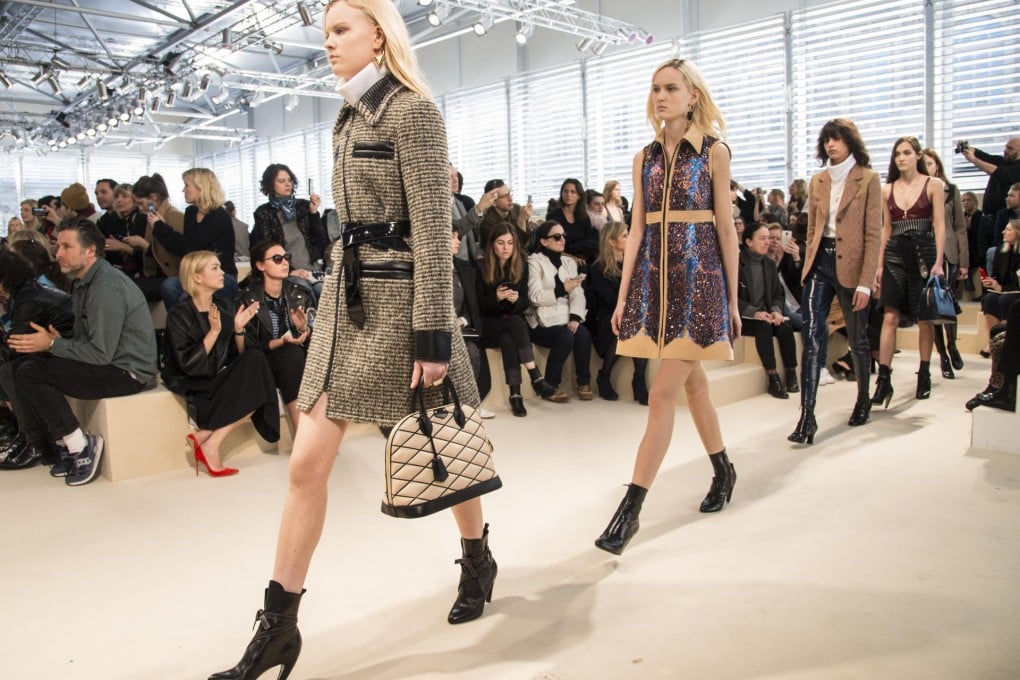Decline in Asian luxury sales points to maturing of consumer tastes in region
Next, Larger fashion houses are suffering a decline in sales in Asia after falling out of step with maturing consumer tastes, writes Abid Rahman

Recent reports that retail sales in Hong Kong fell for a fifth consecutive month in June, down 6.9 per cent year on year, have cast a pall over the sector. Sales of watches, jewellery and valuable gifts in the city fared much worse, plunging 28.2 per cent in the same period.
Although it appears prestige brands are bearing the brunt of a sustained crackdown on luxury gifting on the mainland and a subsequent fall in tourist spending in Hong Kong, industry experts say that's only part of the story.
They point to a longer term trend of slowing Asian sales growth among leading brands, which suggests a shift in priorities among mainland consumers as tastes mature and a sense of "logo fatigue" sets in.
"Unlike in the West, where trends and consumer preferences take a long time to form and assimilate, in Asia-Pacific we are seeing consumer trends emerge, distribute and, in turn, be rejected very quickly," says Vilislava Petrova, head of content for Asia-Pacific of fashion trend forecasting service WGSN.
"In recent years we witnessed an explosion of demand for luxury goods and items that communicated wealth and status to all around. Now, we are seeing a general dissatisfaction with this 'borrowed' expression of self and a move towards a more unique and authentic image."
LVMH, the fashion conglomerate that owns a multitude of luxury brands, saw its stock price fall last month after announcing that demand in Hong Kong and China, the engine of spectacular growth over the past decade, declined in the second quarter.